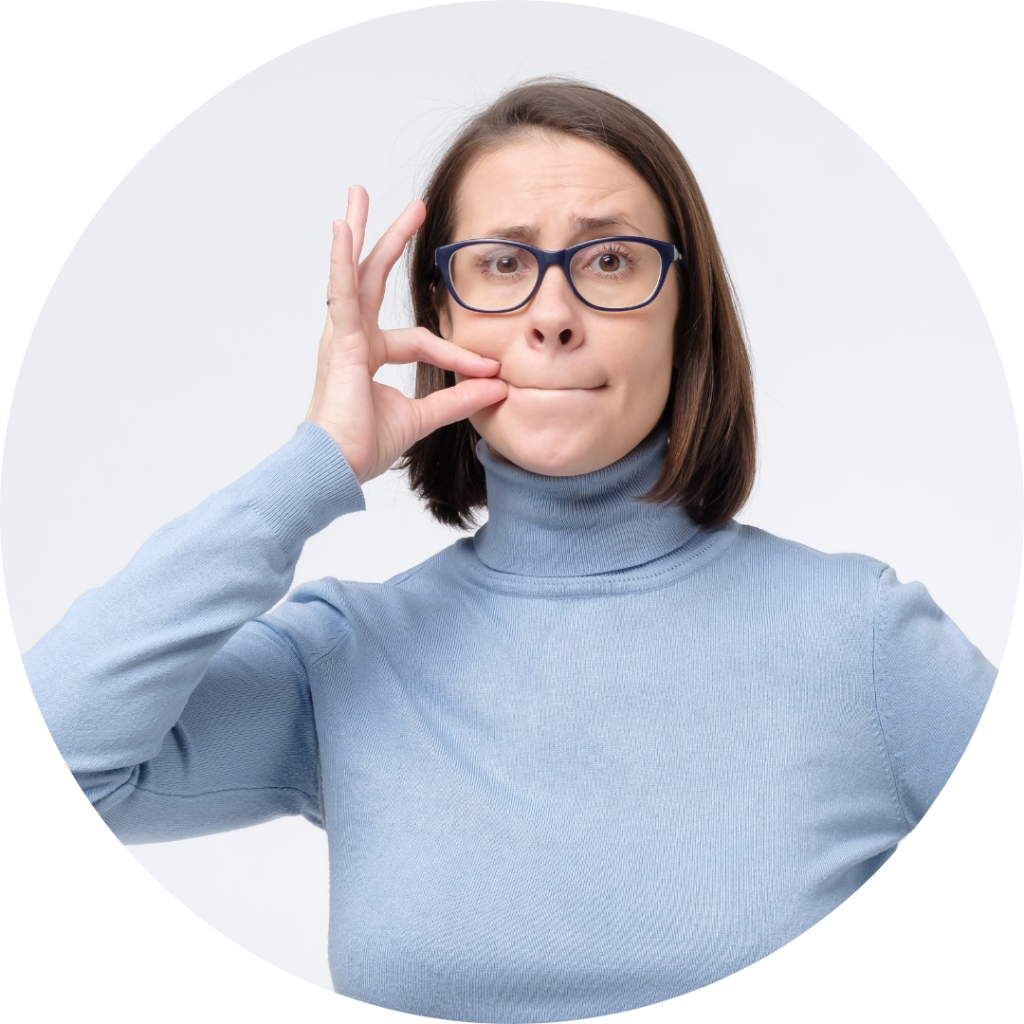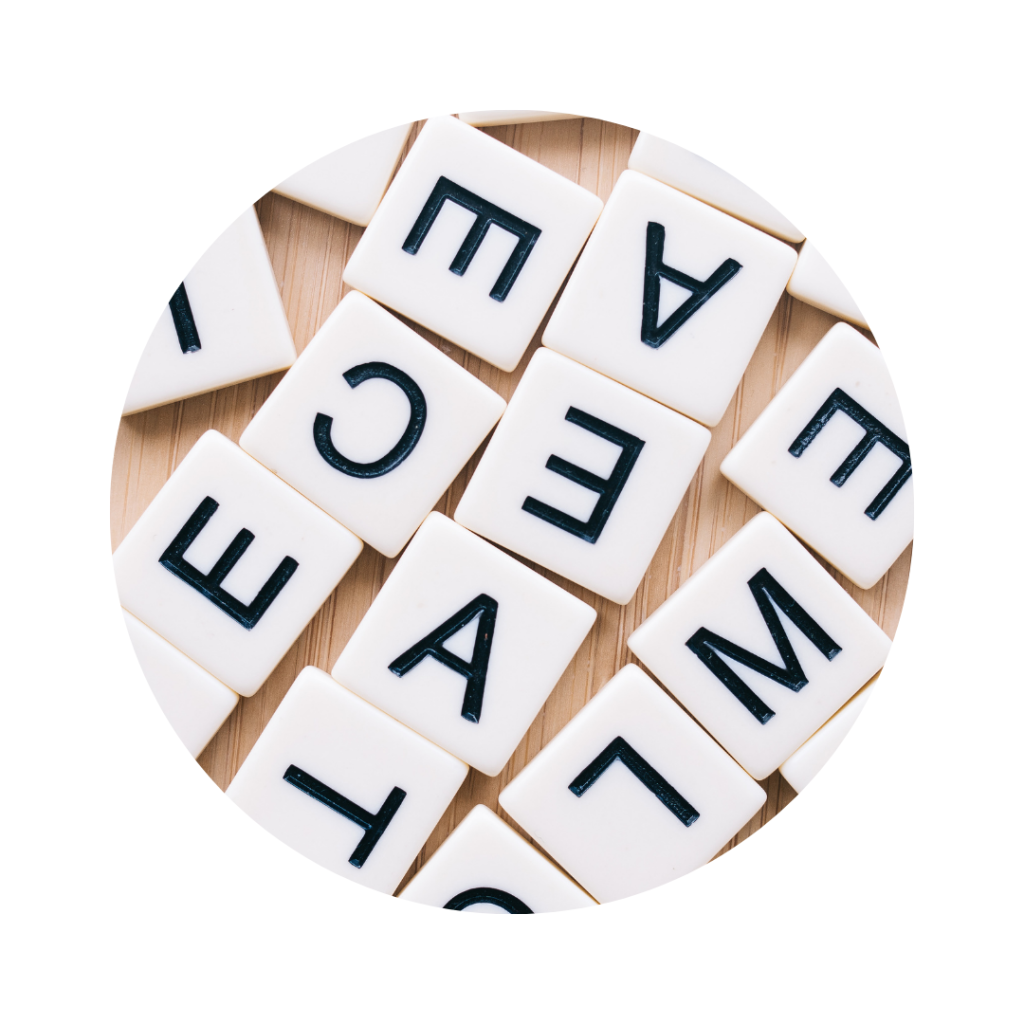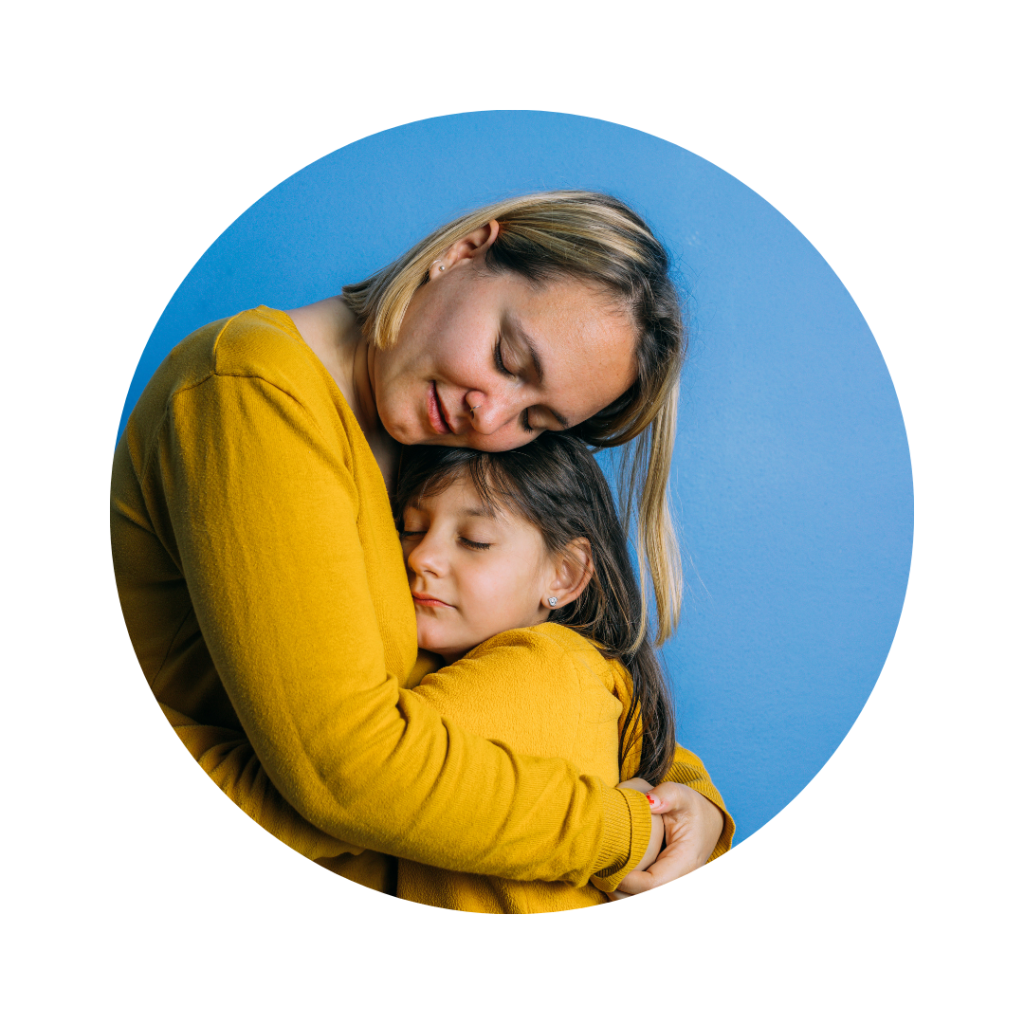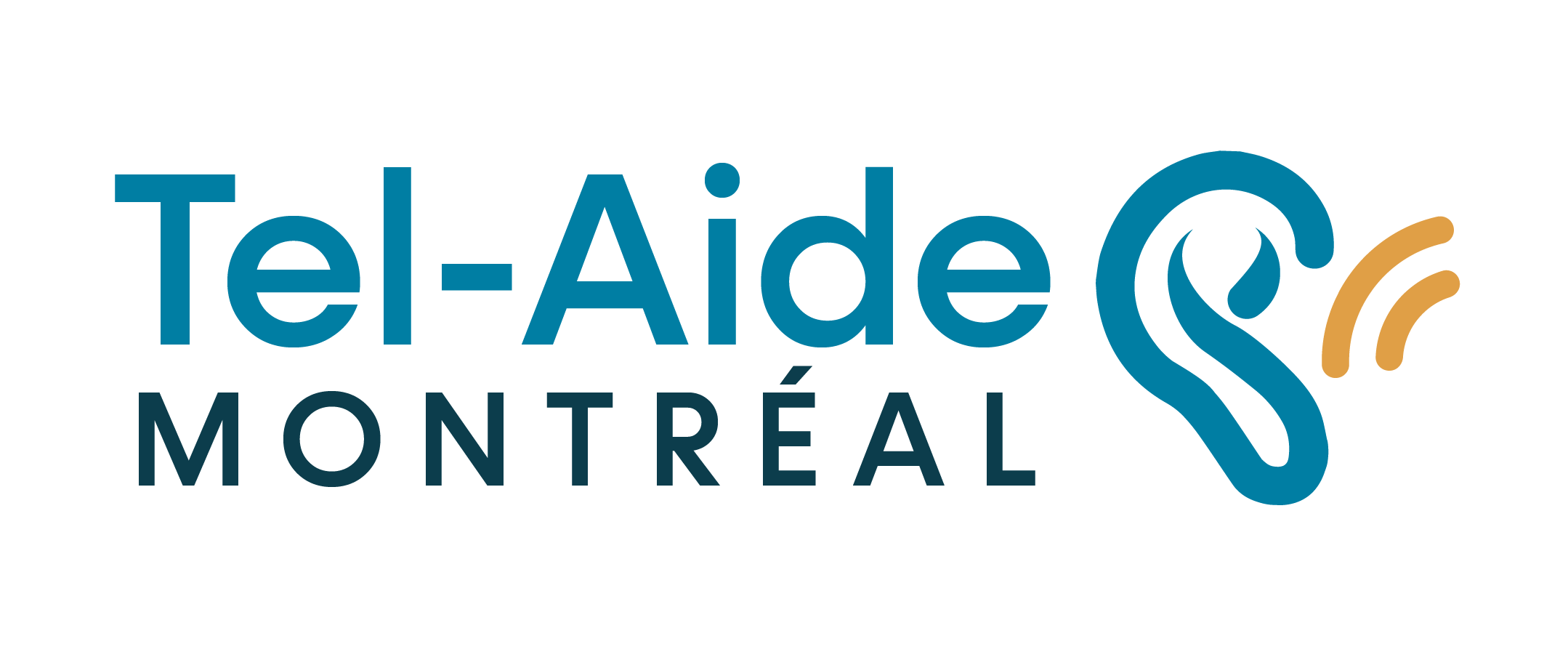
When Listening Becomes a Gift: 5 practical ways to cultivate the art of active listening
Listening isn’t always easy.
Not because we don’t want to, but because listening takes more than silence.
It takes attention, availability; sometimes even courage.
And yet, human beings need to be heard. Not advised, not corrected, just… welcomed.
When you truly listen to someone, you offer them a rare space.
A space where they can exist without needing to defend themselves.
And that is a gift.
Active Listening: true presence, more than just a technique
Active listening isn’t about “saying the right thing.”
It’s about creating a climate of trust by staying focused on the other person.
Here are some concrete tools that can help you actively listen :
1. Reflection

Repeat back what the person just said, in your own words, without interpreting it.
Example: “If I understand you right, you’re feeling overwhelmed…”
This simple gesture shows that you’re present, that you’re following, and that you care.
2. Open-ended questions

Avoid questions that can be answered with a simple “yes” or “no.”
Instead, invite the person to explore:
“What did that change for you?”
“How are you experiencing that right now?”
These types of questions allow the person to go deeper into what they’re feeling.
.
3. Silence

Silence is often seen as awkward, but in the context of listening, it’s a powerful ally.
It gives the other person space to reflect, to feel, to go deeper.
Learn to respect silence — and to trust it.
4. Rephrasing

Restate what you’ve heard in a different way, to confirm your understanding.
“You mean you feel like you have to handle everything on your own?”
This helps the other person feel understood — or gives them a chance to clarify.
5. Unconditional acceptance

No judgment.
No unsolicited advice.
Just a respectful, attentive presence.
That’s often more than enough.
Listening like this is no small thing.
It’s offering time, space, presence.
It’s offering a gift.
But it’s also a gift to yourself.
Because by listening without filters, you learn to see others as they are — not as you wish they were.
And the more clearly you see others, the more you begin to understand yourself.
To name what you feel.
To be more fully present in your own relationships.
Listening then becomes a bridge.
To the other — and to yourself.

